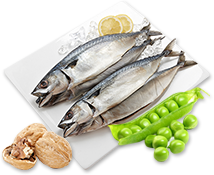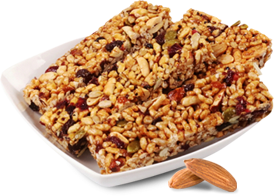We put into one product the essential nutrients each age group needs.
As we get old, our bodies’ nutritional needs change. Therefore it’s only appropriate that we change our eating habits accordingly as well.
What are some ways we can get our nutrients conveniently, all at once, and comprehensively?
- 30
- something age
30 – something age
Unlike the carefree days of your twenties, your thirties are more demanding, since a lot of people have kids to look after on top of work. The increased stress has an immense effect on fertility. In order to keep stress and blood sugar levels in balance, you have to eat lots of protein-rich food. Lactic acid-containing food that’s resistant to stress, Berries (blueberries, cranberries, etc.), sweet potatoes and carrots rich in antioxidants that prevent wrinkles. You’ve reached an age when you have to increase your intake of red cabbage, nuts, and fruit.
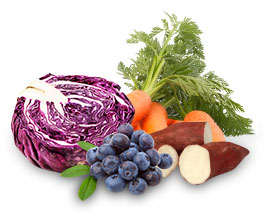
- 40
- something age
40 – something age
In your forties there’s a change in your hormone density—it’s the age when women head towards menopause and men to andropause. So as not to be depleted of magnesium, which helps maintain skin health, relaxes the muscles and facilitates sleep and hormone regulation, it’s good to eat lots of almonds and beans, both white and black, and incorporate shrimp and crustacean fish rich with collagen in your diet, to help keep your skin healthy. It’s also good to eat dark green leafy vegetables rich with anti-inflammatory nutrients to strengthen your joints, and to eat broccoli.
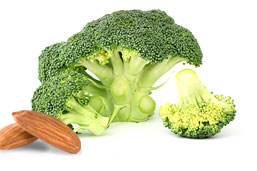
- 50
- something age
50 – something age
Your fifties is when you have to take good care of your heart health. Exercise regularly and give particular attention to the salt content in your diet. To prevent eyesight from noticeably deteriorating, food with a lot of lutein—yellow food that’s good for your retinal mascula such as pine nuts, walnuts, anthocyanin-rich blueberries, cranberries, other types of berries and acerola cherry, broccoli, yellow bell pepper and pumpkin is good. The lutein contained in egg yolk is helpful as well.
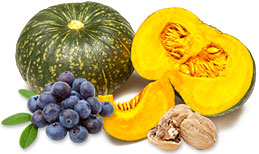
- 60
- something age
60 – something age
In your sixties, bone health is key. Reinforce calcium, magnesium, and vitamin D with nuts and seeds, almonds, peanuts, walnuts, and beans. It’s also good to eat berries (blueberries, cranberries) that are good for your overall eyesight, brain, and heart condition, as well as Omega 3 and 6, fatty acids by eating lots of fish. This is alsoeffective in preventing water loss in the epidermis, thus preventing your skin from aging. It also prevents depletion of vitamin B12, essential for the nerves, brain function, and creating new red blood cells.
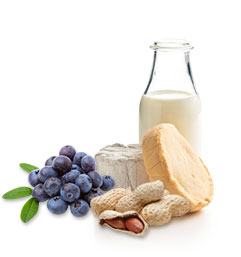
- 70
- something age
70 – something age
In your seventies it’s important not to lose muscle strength and joint mobility. The grains that help your joints are, above all, beans, as well as oatmeal, brown rice, basil, blueberries, and green vegetables. These reduce inflammation and keep your joints flexible. It’s even more effective if you intake oily fish as well. For brain and memory protection, it’s very helpful to eat foods that contain choline, an essential material in transmitting nerve impulses effectively. Such foods include almonds, peanuts, walnuts, pine seeds and bananas, also known as brain food. If you intake an egg which is abundant cholinergic component, It’s more effective as well.
